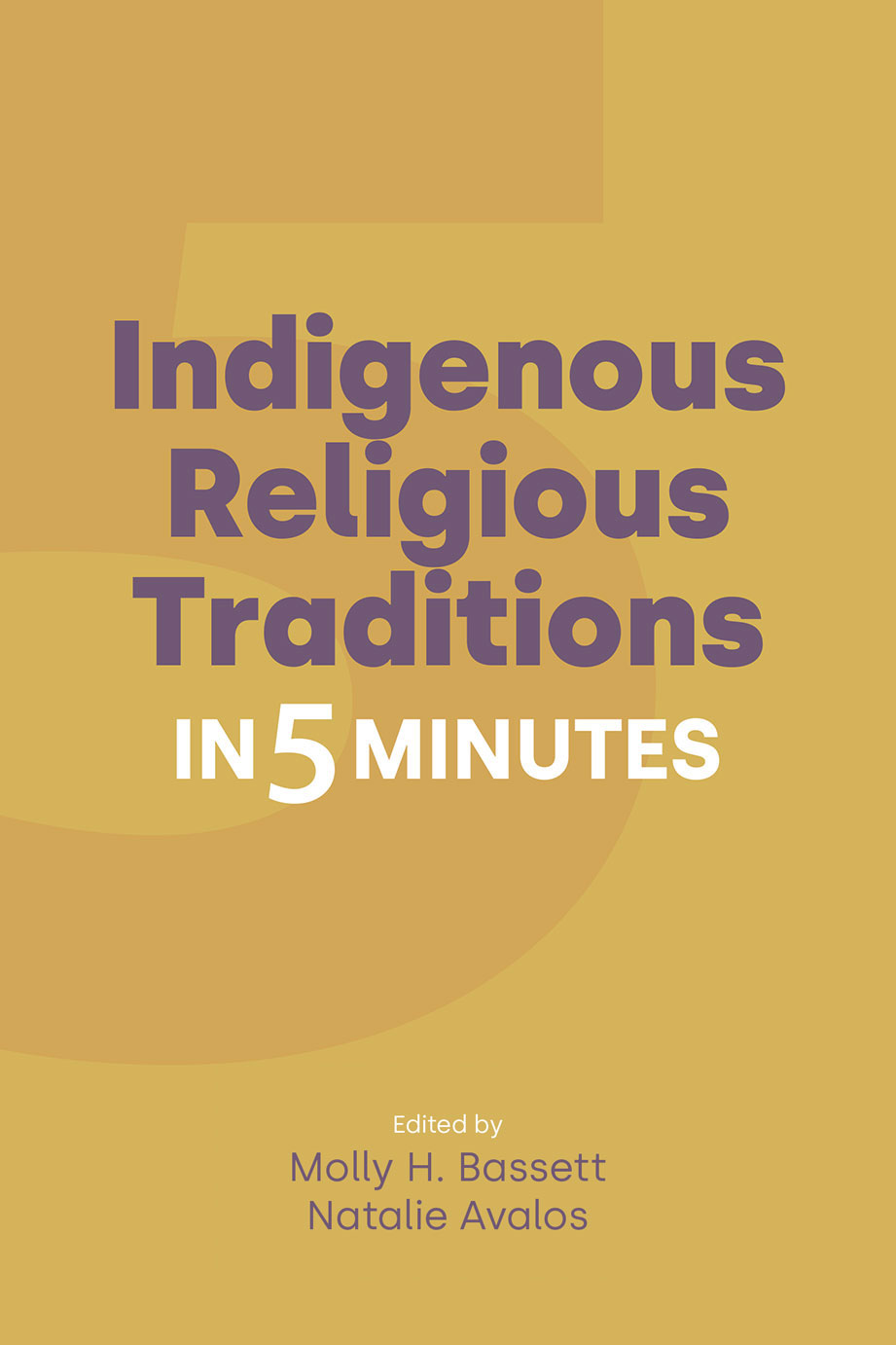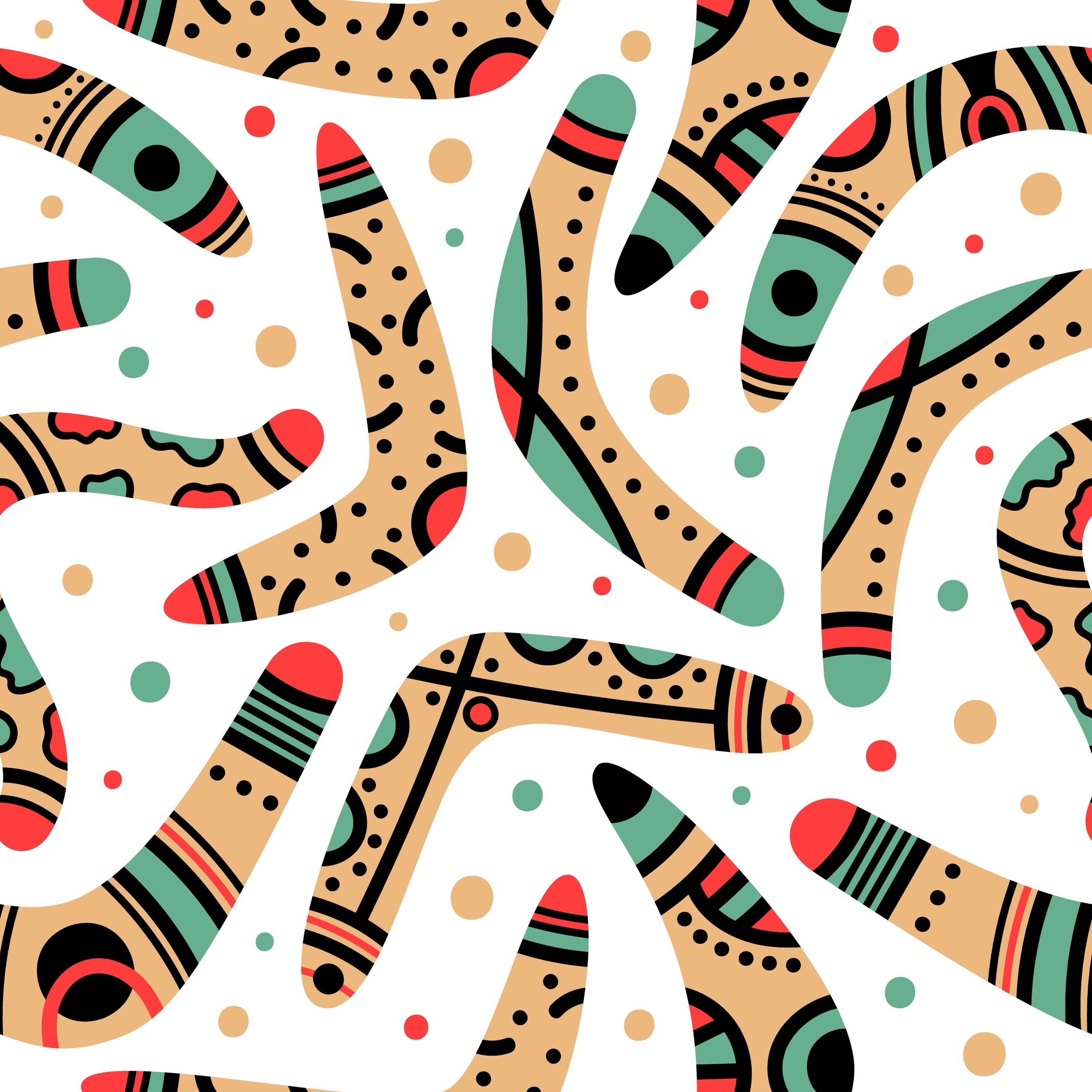Reviews
It is an important contribution and will prove useful in many contexts both within and outside of academia.Critical Research on Religion

Indigenous Religious Traditions in Five Minutes aims to answer many of the questions that come to mind when we think about the religious lives of Native and Indigenous peoples of the world. Scholars from many fields answer dozens of questions about a wide variety of specific Indigenous religious traditions and an array of the ideas, practices, and beliefs many people associate with them. Do Native peoples have “creator Gods?” What is shamanism? Why are there so many spellings of “voodoo?” Is Paganism considered an Indigenous religious tradition? We also interrogate the concept of “Indigenous religious traditions,” by asking what the phrase means in relation to the larger fields of Native American and Indigenous Studies and Religious Studies, whether all religions were at some point “indigenous,” and what the value of studying Indigenous religious traditions is today.
Specialists respond to questions like these and many others in easily accessible language and provide references for further exploration, making this volume useful for personal study or classroom use.
Because each chapter can be read in about five minutes, the books offer ideal supplementary resources in classrooms or an engaging read for those curious about the world around them.
Series: Religion in 5 Minutes
Preface
Indigeneity and Religion
The Study of Indigenous Religious Traditions
Indigenous Religious Traditions
Indigenous Futurity
End Matter

